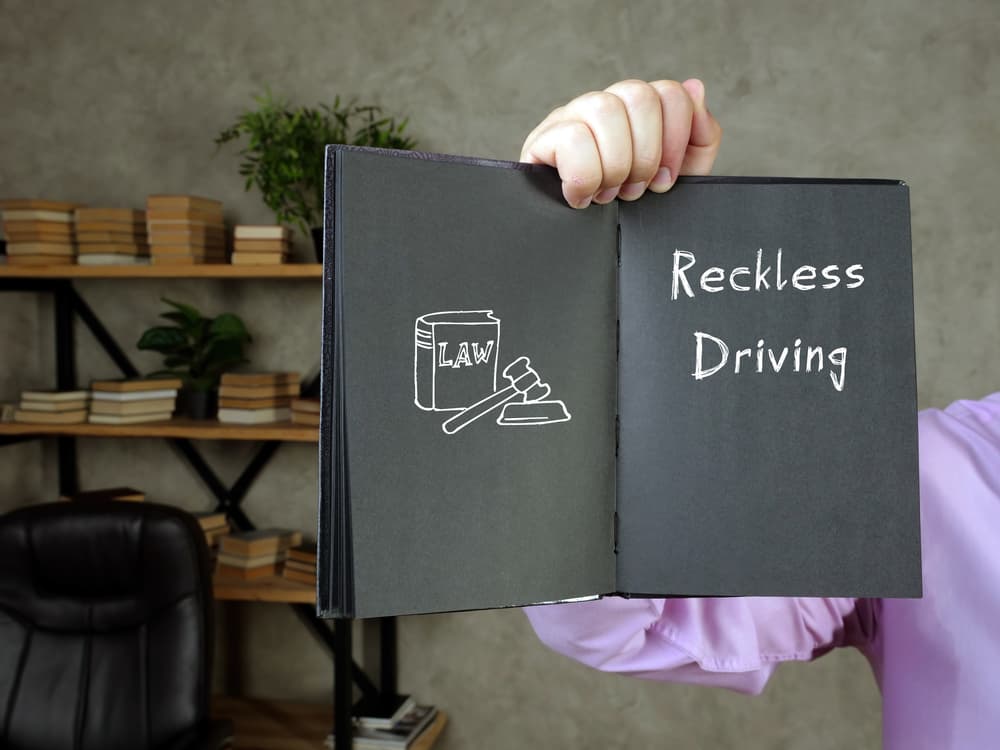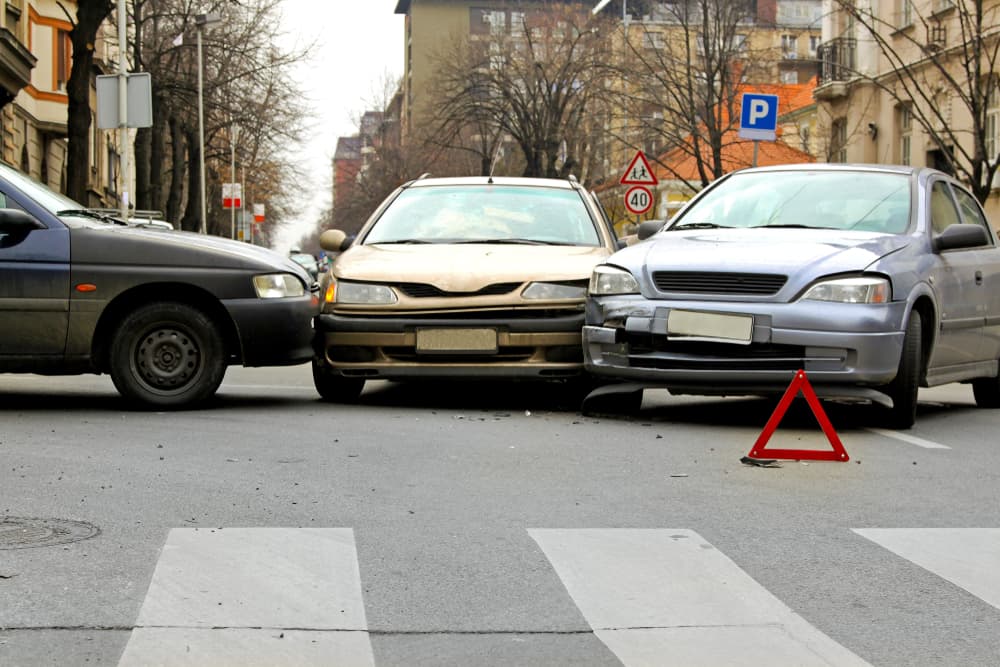
The U.S. Department of Transportation[1] Federal Highway Administration released statistics which showed that more than 6 million auto collisions take place every year, nationwide. Close to half of those accidents, reported at about 2.5 million, are rear-end accidents.
No one wants to be involved in an auto accident. Between costs for damages, medical treatment, lost wages, and liability concerns, the injuries sustained can be painful and debilitating. Injuries from a rear-end accident can include neck and spine injuries from whiplash, back injuries, face and head injuries, and finger, hand, wrist, and arm injuries.
Neck and back injuries are typically the most serious. The pain from a spine injury, or from whiplash, when the neck, shoulders, and spine are “whipped” by the sudden stopping motion, can last a lifetime.
Whiplash [2] is common in rear-end accidents, accounting for about 20 percent of related injuries, according to the National Safety Council. Also called hyperflexion or hyperextension, this injury causes pain that lasts more than a week for 80% of all cases, and pain that lasts more than a year for 50%.
The same stopping motion that cause the neck to whip can also cause the spine to compress under the shock of impact. Even at lower speeds, this type of injury can lead to back pain, soreness, and the need for extensive rehabilitation.
Many people don’t think about what happens to their arms in an accident. The impact that takes place can cause the driver’s body to be forced forward into the steering wheel, or the airbag, when it deploys. In other cases, passengers may raise their arms up to protect themselves, only to injure themselves when impacting the dash board or windshield.
The same goes for the face and head, which can occur even at speeds under 20 miles per hour. At low speeds, airbags are not designed to deploy. Momentum from an accident at these speeds is still significant enough to cause a person’s face and head to collide with the steering wheel, dashboard, or windshield.
In some cases, the impact force generated from a rear-end collision can be enough to fracture the bones in the face, such as the nose or cheek bones. Concussions are also possible as a result of this sort of trauma.
Leading Causes of Michigan Rear-End Accidents
One of the major factors of rear-end collisions is the unexpected stopping of a vehicle, person, or object in front of another car. This sort of sudden event, leaving drivers unaware and short on reaction time, can be the result of distractions, such as texting, eating, looking at passengers during a conversation, and anything else that causes a driver to look away.
Unexpected obstacles, such as other collisions taking place ahead of the vehicle, or construction flag-men stepping into traffic, are also common. In some cases, faulty brake lights and defects in the road can cause unexpected results.
Another common cause of Michigan car accidents is weather, such as wind, rain, and snow. Wet roads, or icy roads, make for dangerous driving conditions. When a driver tries to stop quickly, they often cause their vehicle to skid out of control.
Contact a Michigan Rear-End Collision Attorney
Even a safe driver can still be involved in a rear-end automobile accident. If that happens to you it is important to speak to experienced Michigan automobile accident lawyer to review your case, assist with the filing of claims or in dealing with insurance companies and, where appropriate, to file a lawsuit on your behalf. Please do not hesitate to call Michigan Injury Lawyers at 313-GET-HELP for a free consultation today.
References:
[1] http://safety.fhwa.dot.gov/intersection/crash_facts/
[2] http://www.nsc.org/Measure/Pages/safety-management-research-statistical-services.aspx



